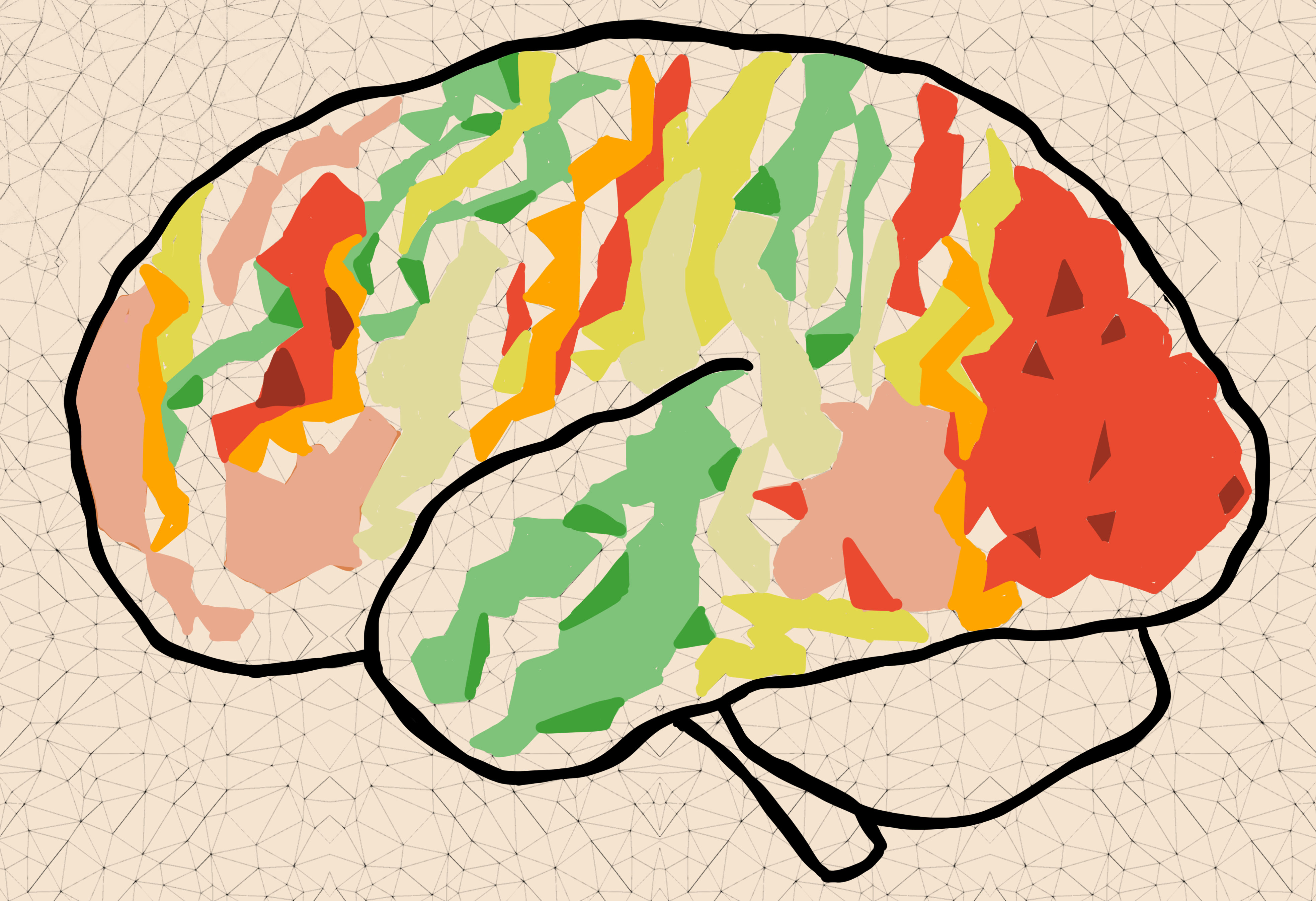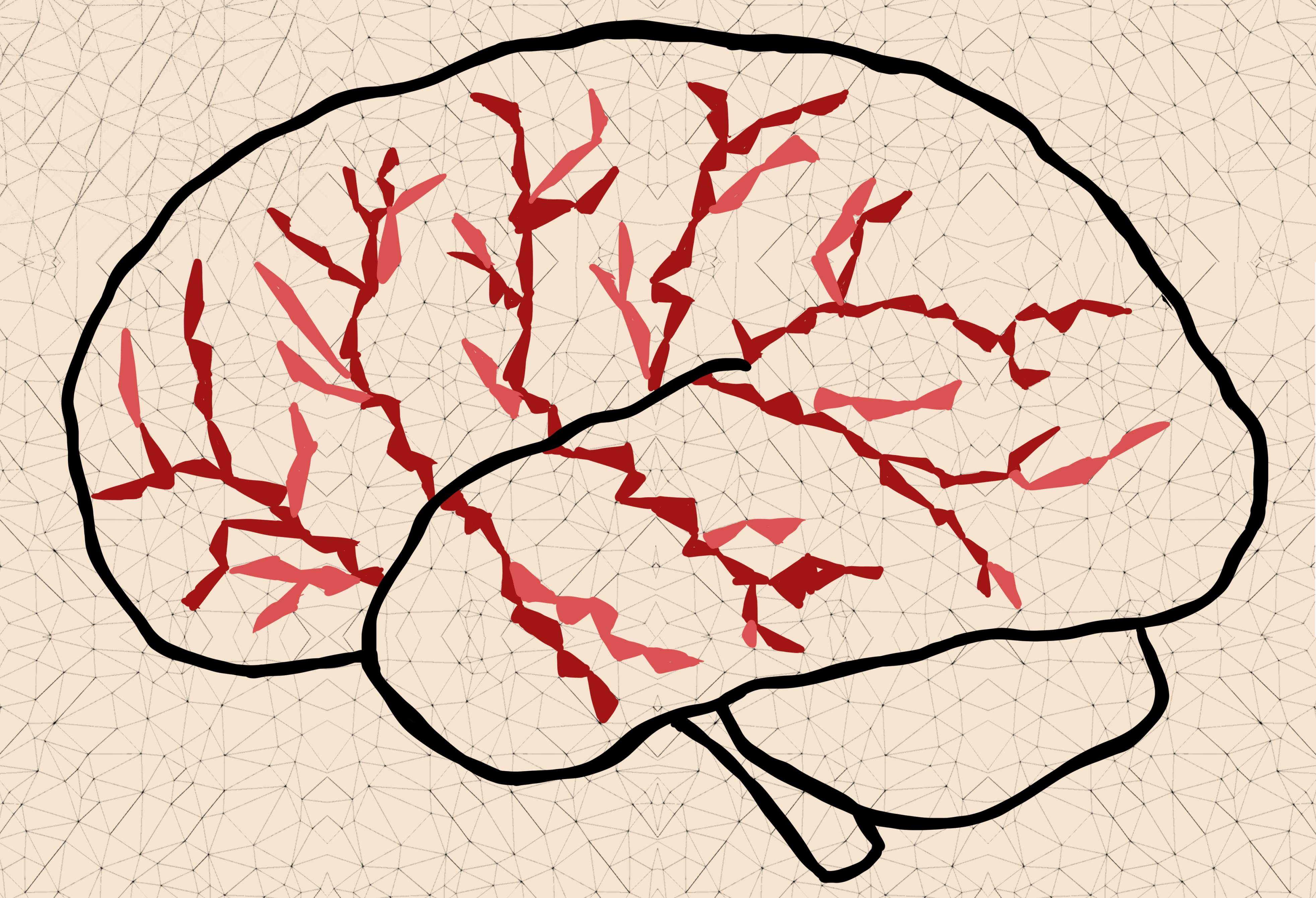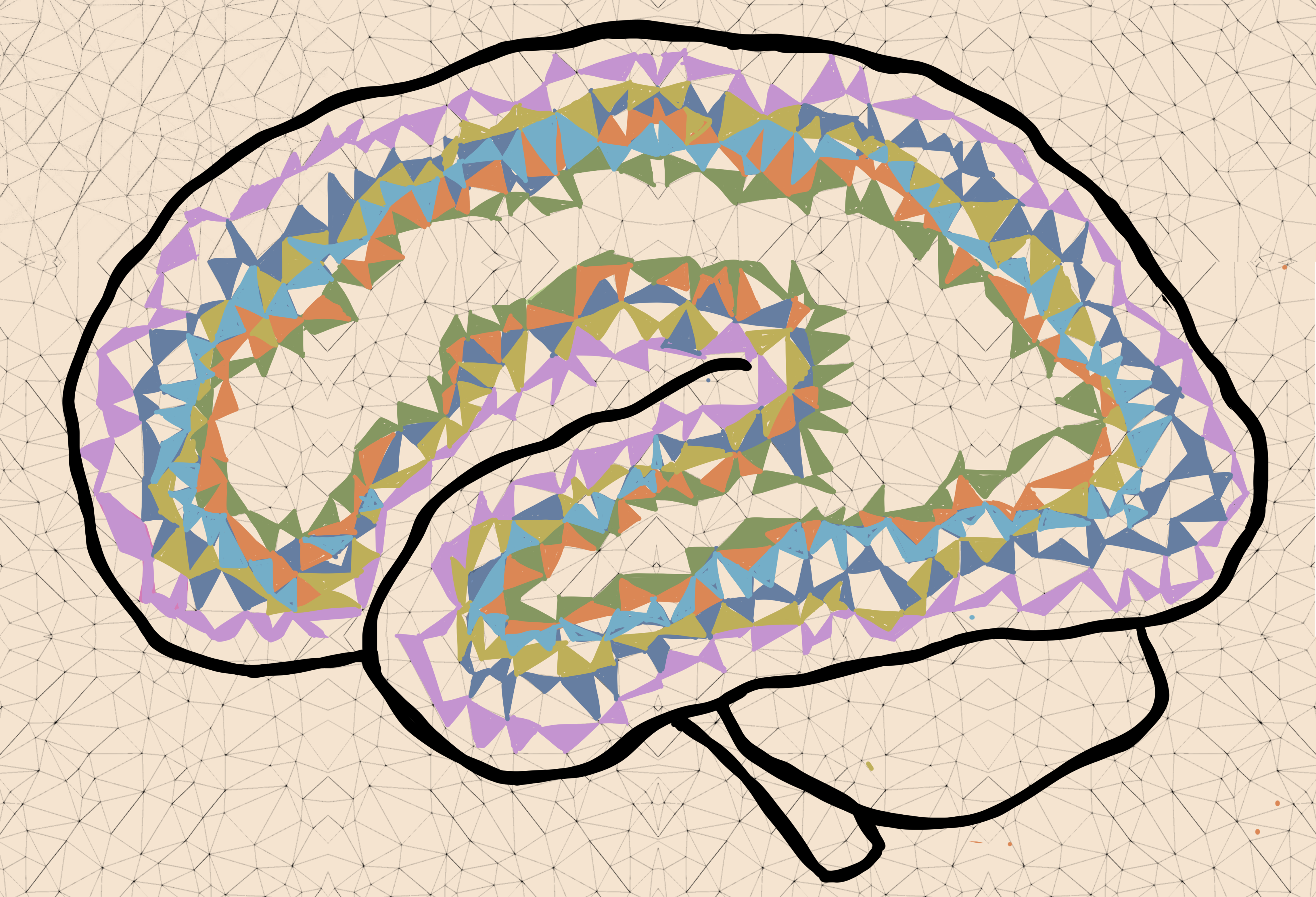1. Metabolic and neurochemical signatures of brain network dynamics

How does our brain efficiently budget its energetic cost to sustain consciousness and cognition? And how is the system-level brain functional architecture shaped by the release of specific neuromodulators? We approach these questions by linking time-varying changes in brain network dynamics and molecular processes via simultaneous functional PET-MR imaging. We also map the boundaries of the functional PET technique and optimize the methodology of multi-modal fusion.
2. (Un)coupling between autonomic processes and brain functional dynamics

As an indirect measure of neural activity, fMRI is inevitably sensitive to blood flow and oxygenation changes regulated by the autonomic nervous system. While on the one hand, these physiologically relevant fluctuations can obscure the neuronal specificity of fMRI, on the other hand, they may provide meaningful characterizations of the blood flow regulation and vascular anatomy. Thus, we are interested in 1) characterizing the interdependence of autonomic and neuronal dynamics across different cognitive and arousal conditions to better interpret fMRI-derived brain functional activity, and 2) testing the potential of these physiological dynamics as clinical biomarkers for cerebrovascular health.
3. Advancing laminar fMRI to elucidate brain effective connectivity

Human sensory, motor, and cognitive processing all arise from feedforward and feedback neuronal connections between distinct layers of the cerebral cortex, hence mapping these laminar circuitries in vivo will unlock tremendous insights into the principles underlying many higher cognitive functions and yield a mechanistic understanding of the causes of many mental disorders. Our lab aims to enhance the neuronal and spatial specificity of laminar fMRI from the perspectives of refining the analytical strategies and modeling the influence exerted by cortical-depth-dependent macro- and microvasculature. Ultimately, we hope to achieve detailed depictions of effective cortical connectivity, elucidating the directed information flow that mediates intrinsic brain dynamics.